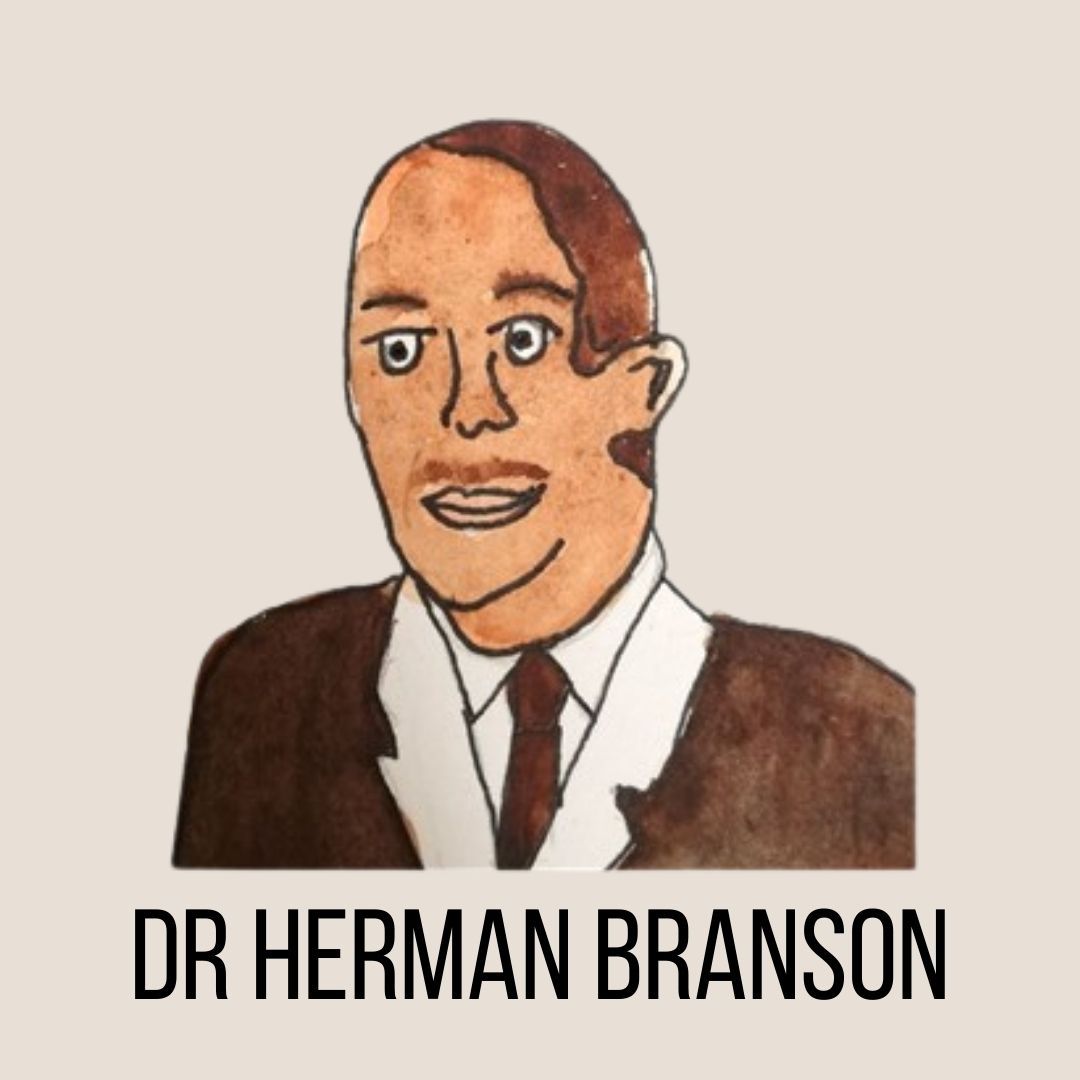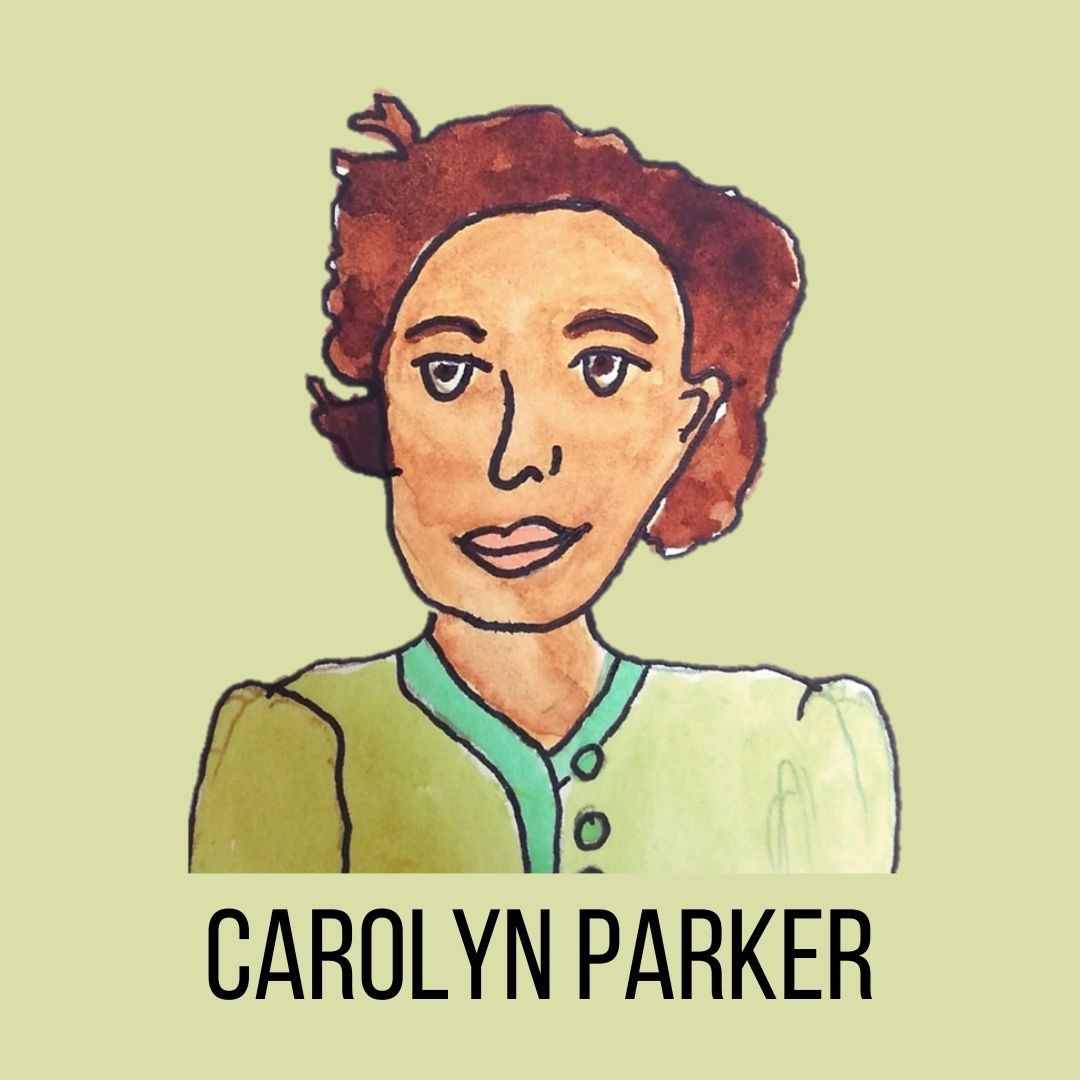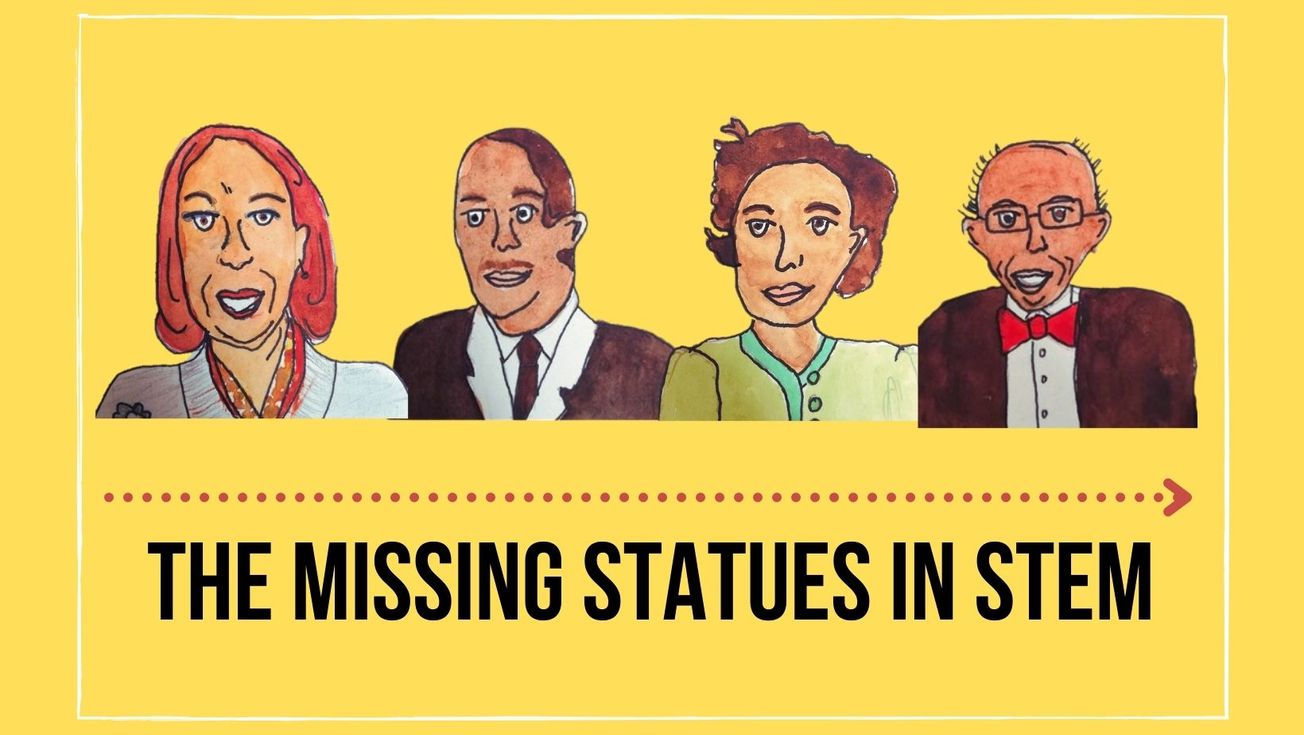By Sarah Dalton, SciTech Editor
After the unveiling of Henrietta Lacks' statue, we take a look at the influential black scientists who are not celebrated
Black History month is being celebrated by the University of Bristol through the unveiling of a statue of African-American Henrietta Lacks in Royal Fort Garden. Lacks’ HeLa cells have been incredibly influential in the world of medicine, but who are the other black contributors to STEM missing from our history books?
Dr Patricia Bath (1942-2019)

Dr Patricia Bath was born in 1942 in New York City’s Harlem neighbourhood, and is best known for developing laser cataract treatment, as the inventor of the Laserphaco Probe. Working as a laser scientist, humanitarian and academic, her contributions to science and expanding diversity are endless.
First African American and first female faculty member at UCLA’s Jules Stein Eye Institute, first African American woman to serve as a surgeon at the UCLA Medical Center, and first female African American doctor to receive a patent for medical purposes, are just a few of the titles under her belt. In 1976, Bath co-founded the American Institute for the Prevention of Blindness which increased eye-care availability for those unable to afford it, stating that ‘eyesight is a basic human right’.
In addition to her life-changing development of laser cataract treatment, Bath also ‘dabbled’ in cancer treatment in her early life (and by ‘dabbled in’, I mean revolutionised). Having won the National Science Foundation Scholarship whilst still in high school, Bath undertook a research summer program at Yeshiva University in 1960, studying cancer. During this, she discovered a mathematical equation that could be used to predict cancer cell growth, at the youthful age of 18. Needless to say, the head of the research program quickly realised the gravity of this teenager’s findings and published them in a scientific paper, winning her the ‘merit award’ of Mademoiselle magazine for her contribution.
So where is Bath’s statue, you ask? Yet to be sculpted
Interviewed by ABC News a year before her death, Bath noted that: ‘I had a few obstacles, but I had to shake it off. Hateration, segregation, racism, that’s the noise you have to ignore and keep your eyes focussed on the prize.’ Her striving and determination to prevent blindness despite the obstacles she faced was invaluable to the STEM community. So where is Bath’s statue, you ask? Yet to be sculpted.
Dr Herman Branson (1914-1995)

Dr Herman Branson, born several years before Bath, is accredited to discovering the Alpha Helix, a common protein structure. The pioneer in biophysics was born in Virginia and began life as an academic at Howard University after receiving his PhD. In 1948, Branson joined the California Institute of Technology and began to focus on the structure of proteins. He used mathematics to study possible helical structures as well as chemical restrictions. After several months of study, Branson had groundbreakingly managed to narrow down the possible helical structures to only two helices – Alpha and Gamma.
When he presented his work to research partner Linus Pauling, the revelation was initially dismissed as impossible. However, Pauling later published the discovery in his own name, excluding Branson’s name from the paper. When Pauling received a Nobel Prize for his contribution to Chemistry, Branson was not mentioned or credited in any way and his name simply faded into the shadows.
Branson was a pivotal figure in protein biology and left behind a legacy of scientific striving, activism and equality
Leaving Pauling behind, Branson returned to work as a professor at Howard University for 27 years. He continued to research and publish more than 100 articles in his lifetime on biology, science education, and the importance of Historically Black Colleges and Universities (HBCUs). Branson fought not only for his name to be reinstated, but became an advocate for equality in higher education, founding the National Association for Equal Opportunity in Higher Education. As a part of this, Branson visited the White House to speak to President Richard Nixon about the disparity in financing for higher education – resulting in Nixon’s plans to raise Federal aid to HBCUs.
When he died in 1995, Branson was a pivotal figure in protein biology and left behind a legacy of scientific striving, activism and equality.
Carolyn Parker (1917-1966)

Carolyn Parker lived a short but highly influential life as a physicist who worked on the Dayton Project, which focussed on polonium research as a subsection of the famous Manhattan Project. She was one of only the few African American scientists and technicians on the project.
The Manhattan Project was primarily a research project lead by the United States during the Second World War and continuing into the Cold War, which produced the first nuclear weapons. As a part of this, Parker undertook top-secret research exploring the potential to use polonium as the initiator for atomic explosions. According to Parker’s sister, her work was so secret that ‘she couldn’t discuss it, even with us, her family.’
Unfortunately, Parker’s influential research was also the probable cause of her early death from radiation induced leukemia, aged 48. Prior to her contributions to the Manhattan Project however, Parker is also considered to be the first African-American to earn a postgraduate degree in physics, paving the way for future black physicians. She earned two master’s degrees in both mathematics and physics, and had completed the coursework for her PhD when her illness struck, preventing Parker from completing the doctoral program.
Dr Warren Washington (1939-present)

Dr Warren Washington is a climate scientist who developed the first atmospheric computer model of earth’s climate. Despite being an internationally recognised expert in atmospheric sciences and climate research, the frequent white washing of the climate crisis means that very few everyday citizens have heard of his name. Born in Oregon, a state with a black population of less than one per cent at the time, Washington frequently talks of the racial discrimination he has faced throughout his lifetime. After completing his PhD in meteorology, Washington made his ground-breaking model as a research scientist at the National Center for Atmospheric Research (NCAR). In 1978, he went on to serve the President on the National Advisory Committee on Oceans and Atmosphere, and in 1996, he assumed the chair of the Subcommittee on Global Change.
Black History Month at the University of Bristol
This Black History Month, let's celebrate Black joy
Washington later was awarded the National Medal of Science by President Barack Obama in 2010, the nations’ highest science award, and I only hope that his statue is being sculpted as we speak.
Featured Image: Epigram/Sarah Dalton
Which black scientist do you think deserves a statue in recognition of their contribution?









